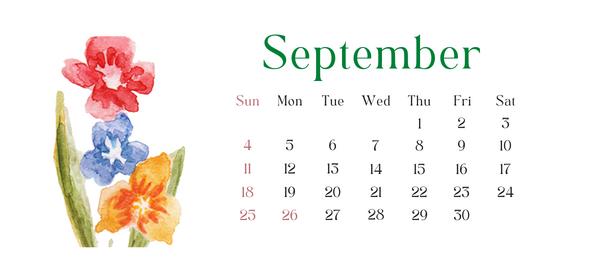
Foraging Calendar: What To Forage In September
September is the time before summer shifts to fall. The cool winds start blowing. Depending on your climate you might spot a few leaves beginning to change.
It’s a great time for long walks and foraging. September also has some of my personal favorite forageables.
The USDA Hardiness Zone Map is an attempt to divide the country into zones that give us some idea of whether certain plants can be grown in any given area. The primary piece of data used to delineate the zones is the average annual winter temperature experienced in that area. This could just be a list of forageables but the temperature varies so much across the U.S.A. The Lost Herbs want this to be a list for every one of our readers no matter the zone you live in.
Here’s the September foraging calendar:
Rosehips (Rugosa Rose)
Rosehips (Rugosa Rose) are red to orange in color, oblong or round, often with small wisps of “hair” protruding from the bottom of the rose hip.
You can make great jellies, sauces, syrups, soups and seasoning, and even fruit leather with these. Rosehips grow in hardiness zones 3-11.
Hawthorn Berries (Crataegus)
Hawthorn grow as small shrubs or trees with thorns. In spring it blooms small white flowers. In September the berries begin to turn red but aren’t sweet until the end of the month or the beginning of October.
The leaves are lobed and teeth. Hawthorn berries can be used to make jellies and desserts.
Some even use the berries in an extract for the many health benefits the berries have. Hawthorn berries grow in zones 5-9.
Blackthorn (Prunus spinosa)
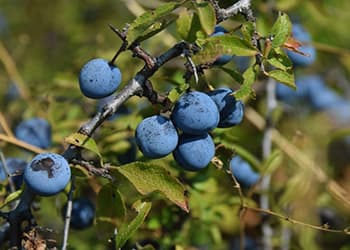 The leaves are small and slender, alternate and oval in shape, tapering to a point at the tip. The fruits, called sloes, are bluish-black ‘drupes’, often with a waxy coating. The fruit is round, 1cm long, and contains one large stone. They are very sour to taste. The fruit is often made into sloe wine or gin. Sloes are also used to make jam and jelly. Sloes grow in hardiness zones 4-8.
The leaves are small and slender, alternate and oval in shape, tapering to a point at the tip. The fruits, called sloes, are bluish-black ‘drupes’, often with a waxy coating. The fruit is round, 1cm long, and contains one large stone. They are very sour to taste. The fruit is often made into sloe wine or gin. Sloes are also used to make jam and jelly. Sloes grow in hardiness zones 4-8.
Beech nuts (Fagus sylvatica)
Beech nuts (Fagus sylvatica) grow on beech trees. The bark of the beech is smooth and gray.
The signature beechnut fruit is brown, triangular-shaped nuts covered in spines
They can be used in a similar way to pine nuts, sprinkled on salads and risottos.
They can be eaten raw or roasted in the oven then place between two tea towels and rub to remove shells to eat. The beech grows in hardiness zones 4-8.
Blackberries (Rubus Subg. Rubus)
This prickly shrub grows in woods, hedges, and heaths. It is usually found in a tangled straggly clump, with prickly, toothed leaves that turn reddish green in the autumn.
The berries should be a deep purple-black when picked. The fruit is used in many sweet dishes like pies, jams, and sherbet. The leaf, root, and fruit are used to make medicine. Blackberries grow in hardiness zones 5-9.
Acorns (genera Quercus)
The Acorn’s woody cup may be scaly, smooth, or hairy. Acorns are usually ball-shaped or oval, and some kinds have slight ridges on them.
Mature acorns can be brown, red, or black. Acorns can replace most nuts in recipes like brownies or cookies. Ground acorns can be used in place of cornmeal. Acorns grow in hardiness zone 4-9.
While all of these are located in America, we don’t want to leave our overseas readers out of the loop. Countries like Canada and Australia are also abundant with delicious plants.
Canada’s weather aligns more with the United States and many of the plants above can grow in Canada’s ecosystem.
Black Trumpet Mushrooms (Craterellus cornucopioides)
Black Trumpet Mushrooms (Craterellus cornucopioides) look like black trumpets. These mushrooms are vase or bull-horn shaped, and generally black, dark gray, or dark brown in hue.
The underside of black trumpets lack true gills. They may be smooth, crinkled, or have linear groves that vaguely resemble gills, but are actually wrinkles in the mushroom’s surface, rather than separable gills.
They can be used in any mushroom dish, and are considered by many, better tasting than their cousins the chanterelle. Black Trumpet Mushrooms grow in hardiness zones 3-6.
Dogwood (Cornus florida)
Dogwood (Cornus florida) is a spring flowering tree that bears pink or white flowers. In the fall, bright red berries appear at the point where the leaves meet the branches. dogwood berries look like bright scarlet-red grape-like fruits growing in tight clusters.
Others can be purple-black or white.
Some species of dogwood berries can be poisonous so make sure to do your research first. Dogwood grows in hardiness zones 3-7.
Australia lies in Plant Hardiness Zones 7 through 12 with some variations across regions and seasons. The caveat with foraging in Australia is that it is completely illegal without a permit. Without the 104$ permit, you can be fined anywhere from 10,000 to 110,000 dollars depending on where you foraged. If you have a license or are on your land you can forage freely.
Queensland Silver Wattle (Acacia podalyriifolia)
Queensland Silver Wattle (Acacia podalyriifolia) has silvery-gray simple leaves that are usually somewhat hairy and relatively short and broad. Its yellow flowers are borne in small globular clusters, with several to many of these clusters being arranged into larger elongated compound clusters.
The flowers can be fried and eaten like dandelions. The bud can be dried and used as a seasoning. Queensland Silver Wattle grows in hardiness zones 7-10.
Native River Mint (Mentha australis)
Native River Mint (Mentha australis) is characterized by having smaller leaves that are common mint with a pungent and minty flavor and aroma.
The delicate spearmint flavor lends the River Mint to being a perfect substitute for other types of mints and is an ideal addition to the Australian native herb garden.
Use as an uplifting, refreshing hot or cold tea or add to jellies, desserts, dressings, or sauces. This plant grows across Australia in hardiness zones 5-10.
The best thing about foraging is you can have a delicious meal that you know where it comes from. What do you all plan to do with your September foraging finds?
Where to Forage for Free in Your City
The Hidden Food Growing Fence (Video)
This Once-Banned Berry Helps People With Diabetes






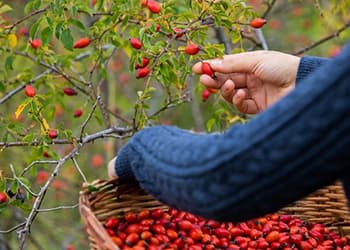
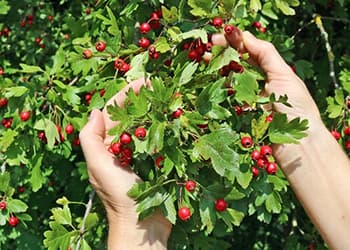
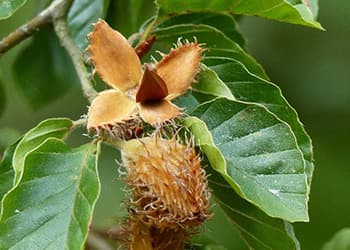
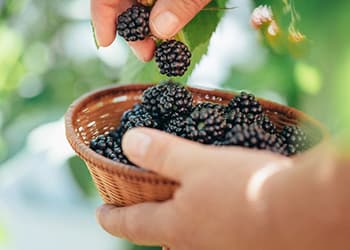
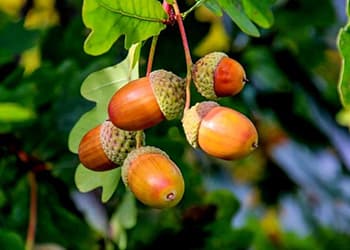
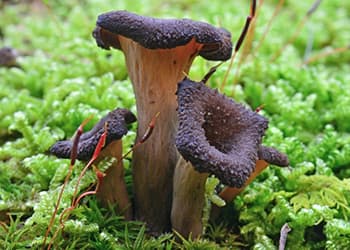
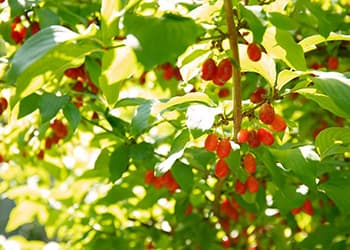
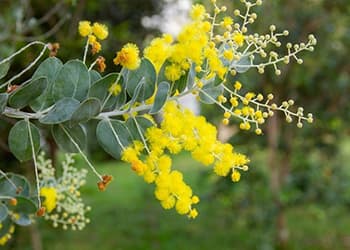
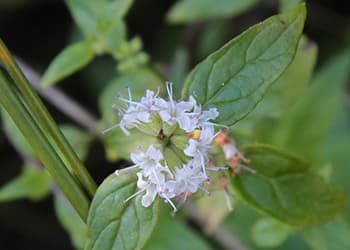

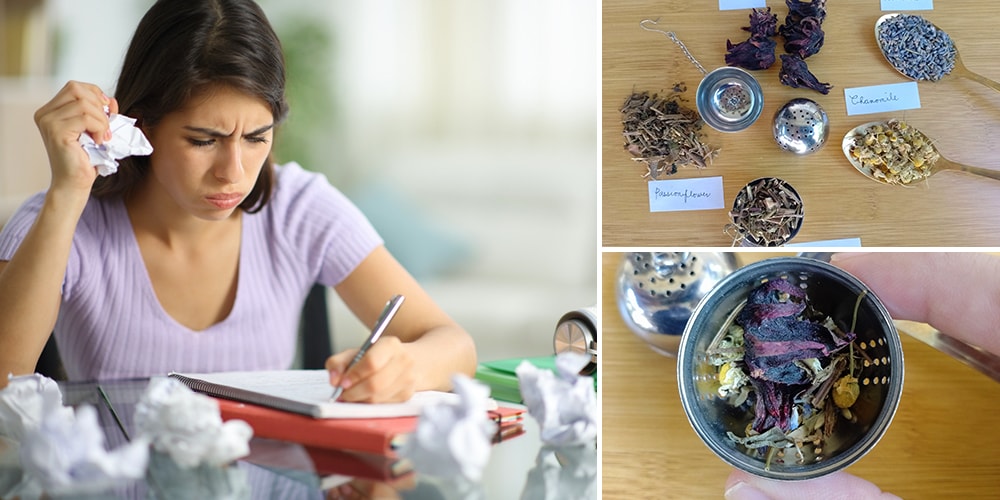
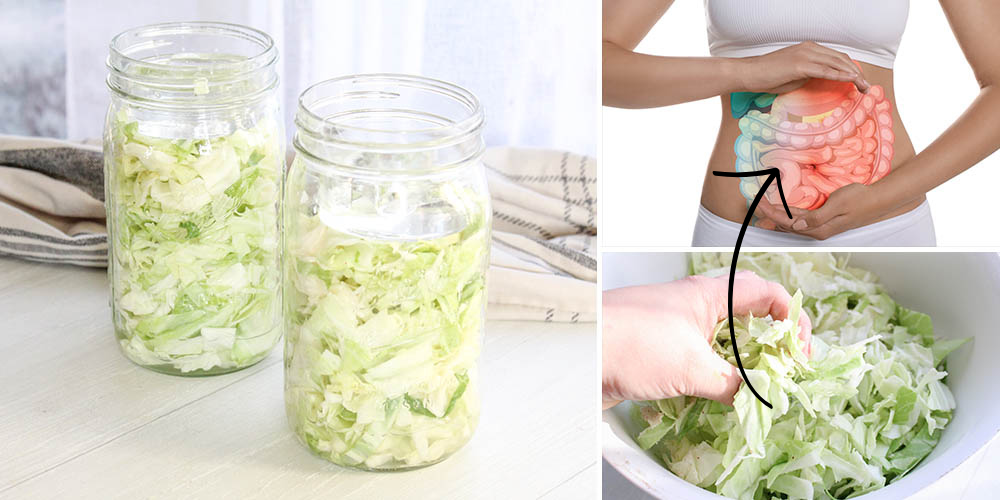
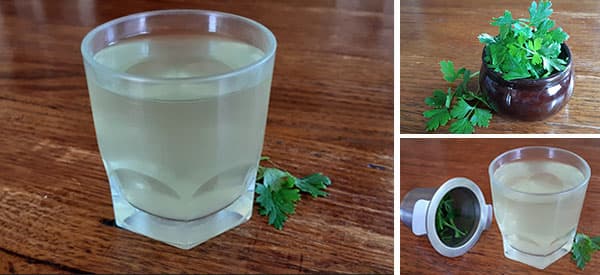
Are there any poisonous Look-Alikes for Black Trumpet Mushrooms? My town cut down one huge Maple Tree and as the roots started rotting I had a huge area of black mushrooms in my lawn. Also, a storm tipped too-close to my 2-story roof a huge Elm Tree. We buried the stump under dirt and planted ever-greens on the dirt mound. Now I have many different kinds of mushrooms growing out of my surrounding lawn…but I am too ignorant to know about them
There are no known poisonous look alikes listed. The closest look alike that is listed is called devils urn and it has a more rounded appearance.
I have always wondered if certain varieties of mushrooms may prefer certain species of trees. Does anyone know, or have a thought on this?
Yes, certain types of mushrooms do prefer certain types of wood but it does not mean that it cannot be found on other types.
Are the black mushrooms also known as ‘Horn of Pleanty’?
Yes, Horn of Plenty is another common name used for black trumpet.
I really like that you send this every month. I live in central BC Canada in a zone three. I am not new to foraging but never had this kind of info to work with. I have a blog but have not had much time to do any posting for a long time. It seems the older I get the slower I get lol. Thanks for the heads up.
Hi Shelagh,
Thank you for your positive feedback about our foraging calendar.
Our team is glad to hear that you find the information useful.
We’ll keep you posted on the next foraging calendar>
Many blessings and good health!
You try to include Canada and Australia which is great, but so far nothing has applied to someone who lives in the Southwest US. It’s desert here and still as hot as midsummer! None of these fruit and nut trees grow. I haven’t even seen any oaks for acorns…. Maybe do an article about cactus fruit?
Hi AP,
Your feedback is very important to us. It means that we can better understand what we are doing well, and where there are areas where we need to make improvements.
While it may not seem like there is much to forage in the desert, there are quite a few edible and medicinal plants that have been used throughout history and we will make sure to include those in our future posts.
Many blessings and good health!
I didn’t see much for Northern California on this list. It seemed mostly Australian or east coastUS. It was kind of disappointing.
Hi Glenda,
Thank you so much for bringing this to our attention.
Your feedback is very important to us. It means that we can better understand what we are doing well, and where there are areas where we need to make improvements.
Unfortunately, we cannot always include all the information in such a short article. That’s why we added a distribution map in our new book “400 Wild Plants That You Can Forage For”. Here, you will be able to search only for plants growing in your area.
http://lostherbs.wfguide.hop.clickbank.net/?tid=C0FGWFBook
Many blessings and good health!
The post about the black mushroom is very interesting, but could you please do a post about how to identify a “safe” mushroom versus a dangerous mushroom when foraging? Thank you.
Hi Claudia,
Thank you for your feedback. You’ve made a very good suggestion there. We already wrote an article about mushrooms and their poisonous lookalikes but it hasn’t been posted yet.
Stay tuned 🙂
And in the meantime, you can always check our Foraging Guide for more information.
Many blessings and good health!
Once I tried acorns and thought they were bitter. Was this due to the time of year I ate it, or are they a bitter nut? In the area I live Kansas, I recently planted a burr oak, it is hardier for the climate. Are the nuts good to eat on this tree.
Hi Donna,
Acorns have tannins, which taste bitter. They’re also toxic if consumed in large amounts and can block your body’s ability to absorb nutrients.
The different species of acorns have varying tannin levels. For instance, red oaks have more tannins and more bitter acorns than white oaks. This is because they germinate at different times of the year.
But tannins can be removed from acorns. When boiling or soaking the acorns, the water will turn brown from the tannic acid. This brown water should be thrown out and replaced, and then the acorns must be boiled or soaked again. This process should be repeated until the water no longer turns brown. Another method to remove tannins is by blending the acorns with water (3 parts water to 1 part acorns). Place this mixture in large jars and put it in the fridge. The acorn meal will settle at the bottom.
The burr oak acorns can be eaten once you’ve safely leached the tannins.
Many blessings and good health!
I ordered the the seed kit for 68+dollars. I received it but I have miss placed them. Can I get a new set ? Do I have to pay full price
Hi Ann,
Thank you for purchasing the Medicinal Seed Kit. We are sorry to hear you misplaced it.
Please check your email address. An email has been sent to you regarding your order.
Many blessings and good health!